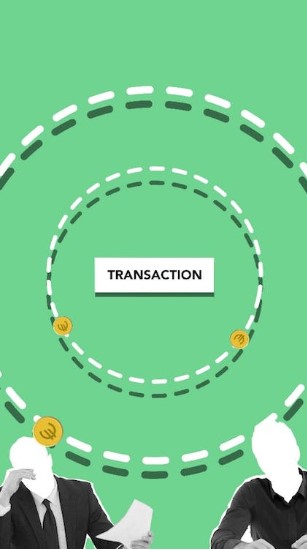Making payments overseas is a little bit more complicated than usual. For suppliers and customers alike, it’s always necessary to have a little more clarity around the payment process. That’s why there was the introduction of remittance advice into such transactions to lend a helping hand. Remittance advice sounds like a complex concept, but in reality, it is a simple concept that goes hand in hand with an invoice.
This post explains who issues remittance advice and also adds a note on its significance to international transactions. Let’s get into it!
What is Remittance Advice?
Remittance advice is a document that a customer sends to the vendor to notify them of the processed payment. Here’s a quick overview of how it works: once a vendor releases an invoice, they look forward to receiving payment from the customer.
However, this is not the only invoice they send out. Keeping track of all the invoices sent out and matching them to payments received can be confusing. Remittance advice lets them know that a customer has made a payment so they can match this payment to the invoice sent out.
If you plan to pay another party in another country, it’s worthwhile to understand the best practices, including how remittance advice works.
What Should a Remittance Advice Slip Include?
Several key pieces of information need to be included on your remittance advice slip. A few of the most important are:
- Amount paid.
- Invoice number.
- Method of payment.
- Personal notes from the buyer.
- Payer/Payee name and contact information.
- Date of payment.
- When the recipient can expect to receive payment.
Keep in mind that because remittance advice slips are not mandatory, there’s no legal guideline for the kind of information they should contain.

Who Issues Remittance Advice?
Typically, remittance advice is issued by a business alongside an invoice to serve as some sort of proof of payment. Remittance advice slips may be sent between the following parties:
- From a buyer to a seller.
- Between an employer and an employee.
- From a financial institution to a payee.
Remittance Advice and International Transactions
As cross-border transactions and travel continue to grow, so does the need to send remittances. A remittance advice slip acts as proof of payment and is especially useful in areas where people have less access to financial services. Rather than leaving anyone in the dark about a payment, remittance advice provides valuable assurance. However, nowadays, remittance advice slips aren’t all that common.
This is due to digitalization which allows payments to proceed online. Furthermore, proof of payment is sent automatically and electronically once payment is made.

A Transparent Platform for International Transactions— Changera
As mentioned, sending remittance advice is not compulsory, it’s totally up to you. In fact, when you use an app like Changera to send money overseas, you don’t need one. Proof of payment is automatically and electronically generated on Changera so you don’t need to worry about the transparency of your transactions. With Changera, your money will be delivered quickly and easily without any hassle.
If you need to make international transfers, Changera is your best bet!
Hop on the Changera train by downloading the mobile app from Google Play Store or App Store today!








Discussion about this post